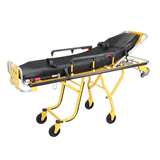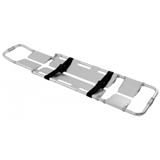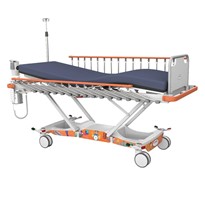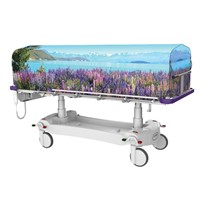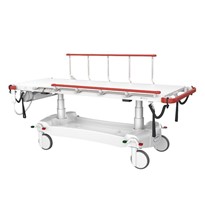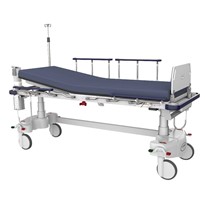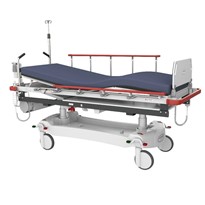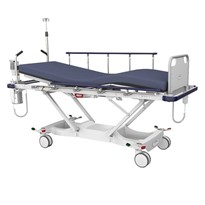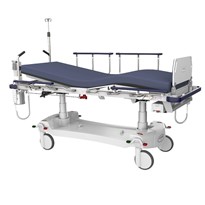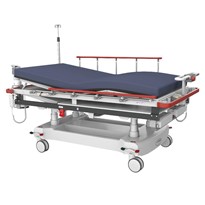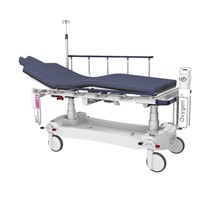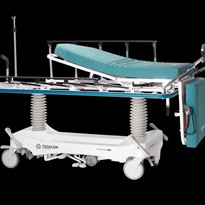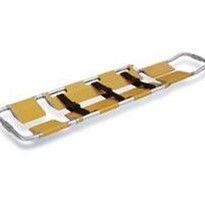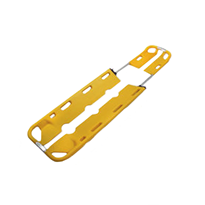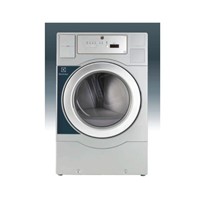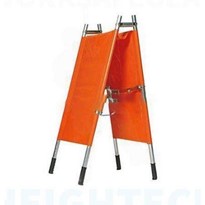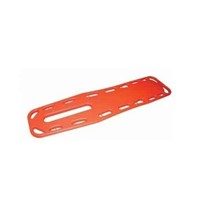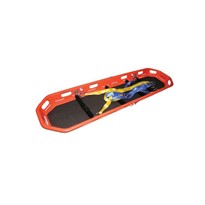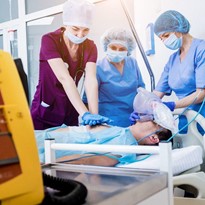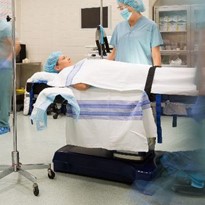Patient trolleys and stretchers globally are available in a huge range of styles and configurations.
They are available in basic box models with a limited flexibility of configurations or accessories, up to complex customised designs that deliver tailor-built efficiency and ensure operator ease.
With all that in mind, it’s no wonder that confusion can start to form over which one is best for your department?
Well, this article is aimed to give you the ultimate checklist- that once you’ve completed it, with your department needs in mind, can be used to suggest the most suitable stretcher for you and your facility.
First, learn the requirements.
It is important to understand what best suits the requirements of specific departmental uses. A well designed and configured patient trolley may increase department efficiency, reduce long term operating costs and benefit both staff and patient safety. A badly configured or wrongly utilised patient trolley could hinder your department’s success factors.
Some of the potential stretcher problems for departments could be caused by;
- An ineffective size of patient stretcher
- The level of patient comfort and risk of harm through inadequate support surfaces
- The height adjustment being too high or low for either the patient and medical staff
- Side rails that impede staff access during critical procedure work
- Poorly positioned accessories that create unnecessary staff movement
- An incorrect product model for the specific department (such as a trauma imaging stretcher being used in a department with no x-ray requirements)
- Manual operation over against power assisted technology
- Lack of backup service and support to keep the equipment well maintained, safe and fully operational
Secondly, conduct a study.
Look into how your department functions, considering patient throughput times, product usage pattern and movement of both patients and staff. Consider what type of stretcher may fit best with your current requirements. Have a creative session with your team to uncover if changes in your process, with the right equipment, may improve your operational efficiency, staff workload or safety outcomes.
Some of the features to think about are;
- The width of the patient platform
- The safe working load of the product based on your patient type
- The type of mattress – what type of patient (age, size, conditions etc) and how much time they may need to be supported by it
- The type of side rails that may work best for adequate patient access and care
- If manual hydraulic functionality or touch button electric operation is best for you
- The optimum patient platform height adjustment range
- The castor wheel style, ease of maneuverability and if power assisted drive will help
- The types of accessories that will facilitate and streamline your processes
- After Sales service and speed of assistance, ensuring that your product stays in service
- Ongoing maintenance and spare parts - how this may affect your operating budget long term
Lastly, scope out potential candidates.
Once a vision starts to come together and you start to get a clear picture of exactly what is needed, like the accessories, operations, performance, aesthetics and more, you can start to research potential options that can achieve all these and more.



